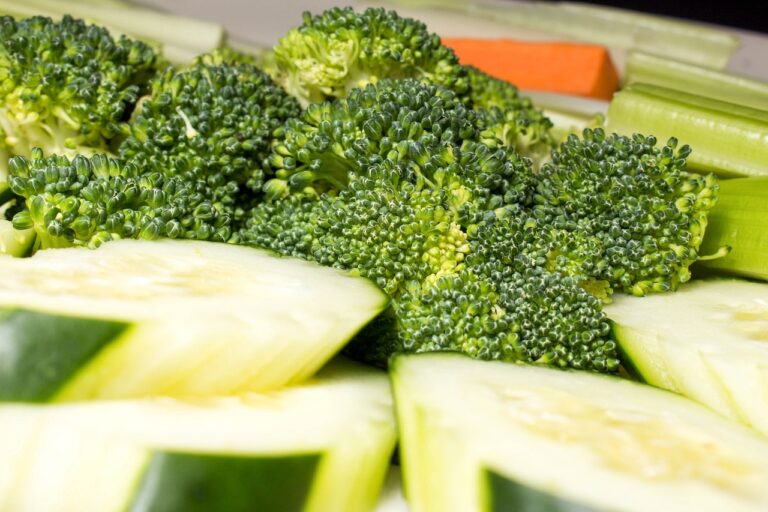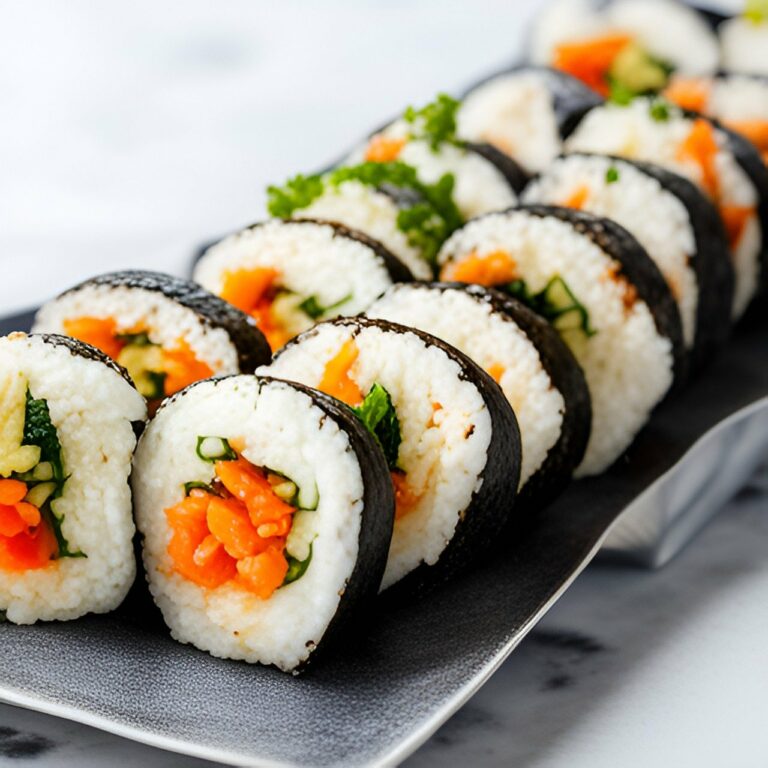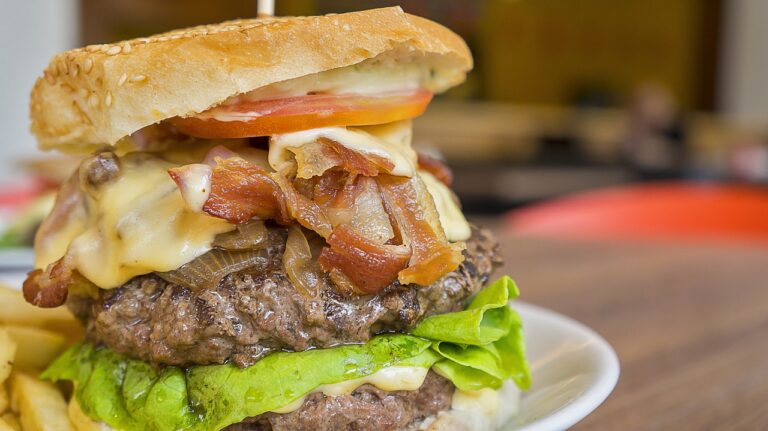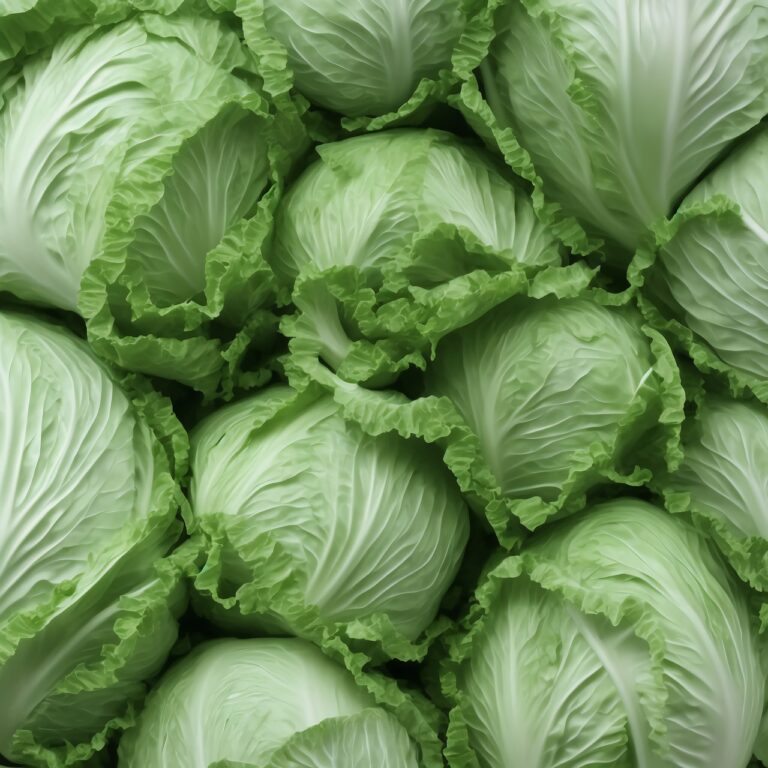The Role of Robotics in Food Industry Efficiency
The use of robotics in the food industry has significantly evolved over the years. Initially, robots were primarily employed in simple tasks such as packing and sorting. However, with advancements in technology, robotics now play a crucial role in various food processing stages, from production to packaging. This shift towards automation has revolutionized the industry by enhancing efficiency, accuracy, and consistency in food production processes.
Moreover, the evolution of robotics in the food industry has also led to an improvement in food safety standards. By reducing human intervention in delicate processes, robots help minimize the risk of contamination and ensure the hygiene of food products. This increased focus on food safety is essential in meeting regulatory requirements and maintaining consumer trust in the quality of food products.
Benefits of Implementing Robotics in Food Processing
Robotics has revolutionized the food processing industry, offering a wide array of benefits to businesses. One major advantage is the increase in efficiency that robots bring to the production line. With precise and consistent movements, robots can perform repetitive tasks at a much faster pace than human workers, leading to higher productivity and output.
Moreover, implementing robotics in food processing also enhances food safety and quality. Robots can handle food products in a sterile environment, minimizing the risk of contamination and ensuring compliance with strict hygiene standards. This results in safer food products reaching consumers, thereby building trust and reputation for brands in the market.
• Robots can perform repetitive tasks at a faster pace than human workers
• Higher productivity and output on the production line
• Enhanced food safety and quality with robots handling food products in a sterile environment
• Minimized risk of contamination and compliance with strict hygiene standards
• Safer food products reaching consumers, building trust and reputation for brands
Automation of Food Packaging Processes
Automation of food packaging processes has revolutionized the efficiency and precision within the food industry. With the integration of robotics, tasks that were once time-consuming and labor-intensive can now be completed swiftly and accurately. Automated packaging systems ensure consistency in product packaging, reducing errors and enhancing overall quality control.
Moreover, the implementation of robotics in food packaging processes has led to improved safety measures for both products and workers. By minimizing human intervention in packaging tasks, the risk of contamination and foodborne illnesses is significantly decreased. Additionally, automated systems can handle repetitive tasks with precision, reducing the likelihood of injuries caused by repetitive strain on workers.
What are some of the benefits of implementing robotics in food processing?
Some benefits include increased efficiency, improved product quality, reduced labor costs, and enhanced food safety.
How has robotics evolved in the food industry over the years?
Robotics in the food industry have become more advanced and versatile, capable of handling various tasks such as sorting, cutting, packaging, and palletizing.
What are some common food packaging processes that can be automated?
Some common food packaging processes that can be automated include filling, sealing, labeling, and wrapping.
How can automation of food packaging processes improve efficiency?
Automation can improve efficiency by streamlining production processes, reducing the risk of errors, and increasing production speed.
Are there any potential drawbacks to implementing robotics in food processing?
Some potential drawbacks include high initial investment costs, the need for regular maintenance, and the potential for job displacement.







